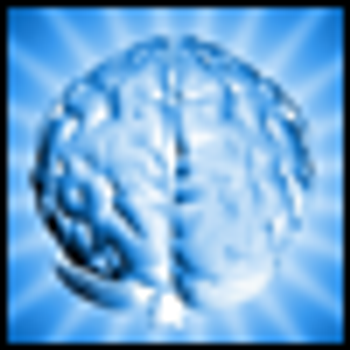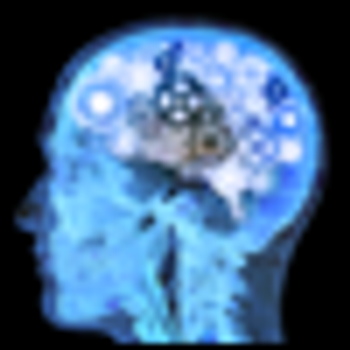
Migraine, particularly chronic migraine, as well as other chronic headaches, have high rates of comorbidity with mood and anxiety disorders.

Migraine, particularly chronic migraine, as well as other chronic headaches, have high rates of comorbidity with mood and anxiety disorders.

The psychiatric aftermath of critical illness can involve emerging from the ICU with horrifying memories (of being tortured, raped, assaulted, or imprisoned).

The demands on physicians keep growing-they are not only responsible for assessment, diagnosis, and treatment, they are subject to all manner of related administrative and practice responsibilities. Not surprisingly, physicians are susceptible to burnout.

Few psychiatrists know about the phenomena involving delusional and hallucinatory experiences of patients who survive critical illnesses.

Patients with major depression or bipolar depression have a 20- to 26-fold increase of mortality rate over the general population. Suicidal behavior can be quite complex as well deadly. It should go without saying that psychotherapy is usually necessary in treating patients who have suicidal ideation or who have demonstrated such tendencies or actions. Frequently, it may be combined with medication and sometimes it is the treatment of choice without medication.

The evolution of deep brain stimulation for various neuropsychiatric disorders results from advances in structural and functional brain imaging, increased understanding of neurocircuitry of the brain, and improvements in neurosurgical techniques and equipment.

The DSM-5 will eliminate the bereavement exclusion in the diagnosis of major depressive disorder for 2 main reasons.

The changes in the newly approved DSM-5 loosen diagnosis and threaten to turn our current diagnostic inflation into diagnostic hyperinflation.

Medical colleagues routinely monitor patients with sphygmomanometers, peak flow meters, and glucometers. Similarly, psychiatrists can and should incorporate the use of screening tools to help with diagnosis and treatment management.

It was not until the introduction of this MAOI that the term “atypical depression” began to emerge to describe a particular variant of nonendogenous depression.

Identification of atypical features is important in the treatment of depression for both treatment selection and prognosis, especially when initial measures prove ineffective. The concept of atypical depression has evolved over many years, and now it appears timely for a further revision.

What are the options for treating major depressive disorder in children and adolescents? This case offers readers a chance to give their feedback and to interact with the authors, who will present teaching points based on your comments.

The DSM-5 leadership is trying to put a brave face on its badly failed first stage of field testing and has offered no excuse or explanation for canceling its second and most crucial quality control stage. This field testing fiasco erases whatever was left of the credibility of DSM-5 and APA.

Treating bipolar disorder in women has unique concerns. For example, contraceptive use can decrease the level of mood stabilizers and alter their effectiveness.

In this 2-part video, Steven King, MD discusses the various causes of cancer pain and then focuses on role that psychiatrists can play in helping patients cope.

Despite the high prevalence of depression among youths, there are empirically supported treatments that have been shown to reduce depressogenic symptoms, including the 3 therapies outlined in this article.

This essay begins an ongoing series on bipolar disorder focused on clinical utility.

Traumatic brain injury (TBI) in children and adolescents is a major public health problem. Psychiatrists have a crucial role in the management of young persons who have a TBI.

Comorbid depressive and anxiety disorders are commonly seen in both primary care and the specialty setting. Such comorbidity can present as major depression with subsyndromal anxiety symptoms or unipolar/bipolar depression with an anxiety disorder.

A plethora of studies support the hypothesis that inflammation plays a role in the pathophysiology of major psychiatric disorders.

Given the likelihood that insufficient numbers of patients will be available for a randomized controlled trial of MAOIs in refractory depression or atypical depression, we must still rely on consensus guidelines and expert opinion.

It would not be overstating matters to say that during his long career, Dr Thomas Szasz has been one of the most controversial figures in the psychiatric profession.

What are the advantages of adjunctive benzodiazepine therapy in comorbid depression and anxiety? Which therapy has the strongest evidence base for treating patients with late-life depression? These and more in this quiz.

In this review, we discuss the established medications as well as experimental therapeutic options that may emerge as future medications for alcohol intoxication, withdrawal, and/or long-term abstinence maintenance or harm-reduced drinking.

Four studies sprang from the TORDIA trial on treatment-resistant depression in children and adolescents and showed that several factors influence treatment efficacy following treatment resistance.